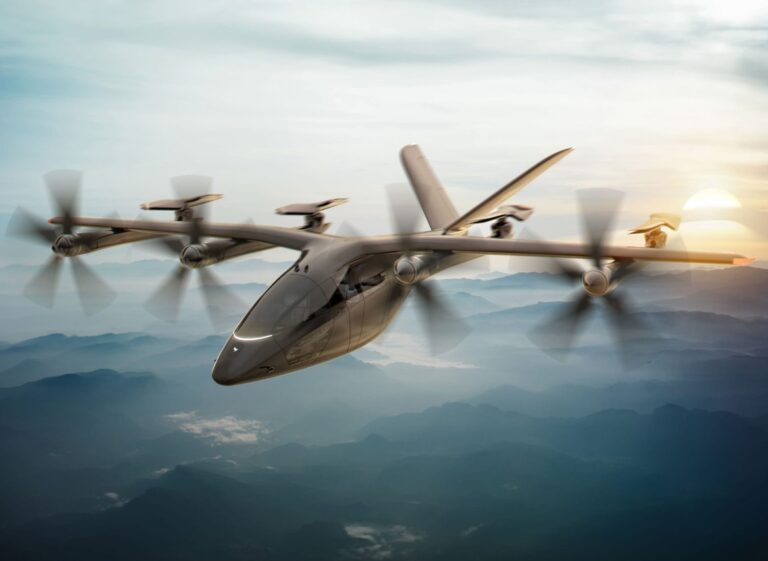Futuristic visions of cities ploughed by flying vehicles, once confined to the fantasy worlds of animated series like Futurama or cult sensations like Blade Runner, are rapidly becoming reality.
A striking example is the recent development of flying cabs, a technology that promises to revolutionize urban transportation. This innovation, once relegated to the imagination of screenwriters, is now coming to life in real-world metropolises, with New York paving the way.
In this new era of transportation, the urban sky could soon become a new route for everyday mobility, reshaping the landscape of our cities and our conception of mobility.
New York City’s flying cabs
In a city famous for its heavy traffic and skyscrapers that skim the sky, the introduction of “drone” cabs, known as eVTOLs (Electric Vertical Take-Off and Landing), promises to transform the way New Yorkers and visitors travel from one point to another in the metropolis.
These experimental flights, led by pioneering companies such as Joby Aviation and Volocopter, have already plied the skies over New York City in demonstration flights, giving a taste of what could become routine service by 2025.
Mayor Eric Adams has expressed strong support for this technology, announcing the electrification of two heliports in Manhattan and emphasizing the significant benefits: a dramatic reduction in noise pollution and improved safety on the streets.
In addition to environmental benefits and convenience, these electric helicopter cabs have the potential to radically transform transit times. Joby Aviation has estimated that a trip from Manhattan to John F. Kennedy International Airport, normally subject to unpredictable road delays, could be reduced to as little as seven minutes.
This not only marks a huge time savings for commuters, but also represents a significant step forward in the fight against air pollution, in line with New York’s goal of reducing carbon emissions by 80 percent by 2050.
New York City’s flying cabs are thus more than just an exercise in style or a tourist attraction-they are a crucial component of the city’s long-term vision for sustainable and efficient transportation.
Read also: The taxi-drone becomes a reality, by 2024 Volocopter will connect Rome and its airport












